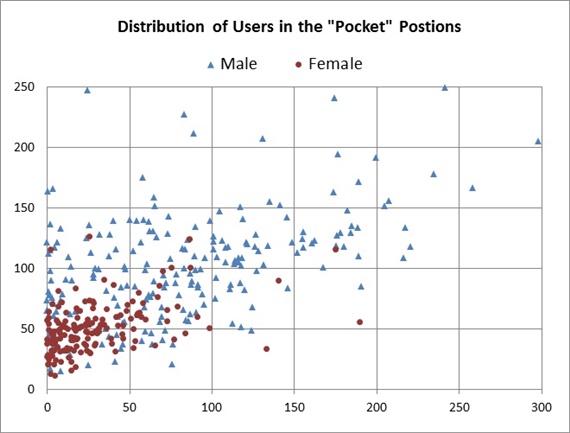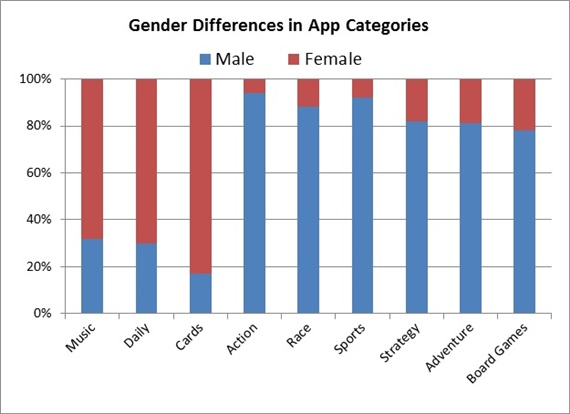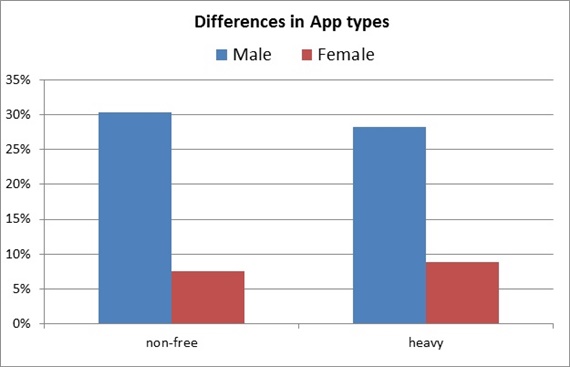A new, recently developed method by BGU's Dr. Asaf Shabtai and his student Itay Hazan of the Department of Information Systems Engineering will be able to be integrated into any app downloaded from the Google Play Store and will provide a well-founded prediction of the users' gender from the moment installation completes. This algorithm uses information collected by utilizing already existing sensors accessible by any application (such as motion sensors that detect user movements). The prediction will provide 80% accuracy, improving over time to 92%, in a completely transparent way to the app user and the application programmer alike. The new method will enable any application to obtain the most important demographic feature of the user without invading their privacy.
Along with the great functionality of mobile devices, advertising and marketing content through these devices has become widespread. As the world of marketing becomes more user specific, services and content providers make an effort to personalize ads and recommendations to make them better received by users.
Facebook, for example, offers users customized commercial content based on their profile information, such as: age, country, marital status and other relevant information. Couples, for example, that have updated their relationship status to "Engaged" are shown relevant advertisements, such as wedding rings and event halls.Other learning capable websites such as YouTube recommend videos based on users' activities and frequently viewed videos.
Rather than have users reveal their preferences, inferring gender through the mobile device automatically helps replace older methods, such as text analysis.The average user would not be inconvenienced if an app were to measure the device's position every so often in order to predict the user's gender, but it would be of more concern if a tracker were to analyze SMS messages or browsing history—even if done only for statistical analysis. These methods require the user's permission and might discourage someone from downloading the app.
On the other hand, there are ways that do not impinge upon users' privacy and still deliver the same conclusions with higher precision. For instance, by detecting the specific movement of holding the device upside down in a pants pocket and counting that movement, it shows us two different distributions of men and women - as can be seen in the graph below, where each axis counts the amount of times the user held the device in a particular way. 
Once the information is processed and summarized correctly, machine learning algorithms are able to draw an imaginary circle and separate different groups, in this case men from women. Of course, some users do not behave according to their gender predictions in this particular case. In order to improve the results they examined the types of applications installed on the device which do not require any permissions on the part of the user. Android OS divides applications into 40 categories by type, such as: sports, games, navigation, music, etc. The average user is less concerned about guarding their privacy against sharing how many applications he or she has, in which category they belong, or their size (without supplying their specific names). And, although it may seem of little importance, it is possible to infer quite valuable characteristics of the user from the application description alone on Google Play. Shabtai and his team determined that there are differences between men and women in this area as well. Even if those apps change over time, machine learning algorithms are able to adapt.

After testing these methods on actual devices, they discovered changes in patterns of use among men and women that were previously unknown. For example, men tend to download more apps overall, relatively heavier apps (50Mb+), and more paid apps too—as is shown in the below graph:

|
By combining these algorithms and more, any app builder could infer the user's gender in a way that is fast and highly accurate without demanding permission to access the user's private data.
The full method and results will be displayed at the annual conference for mobile research and development taking place in Italy this week (MobileSoft2015).
